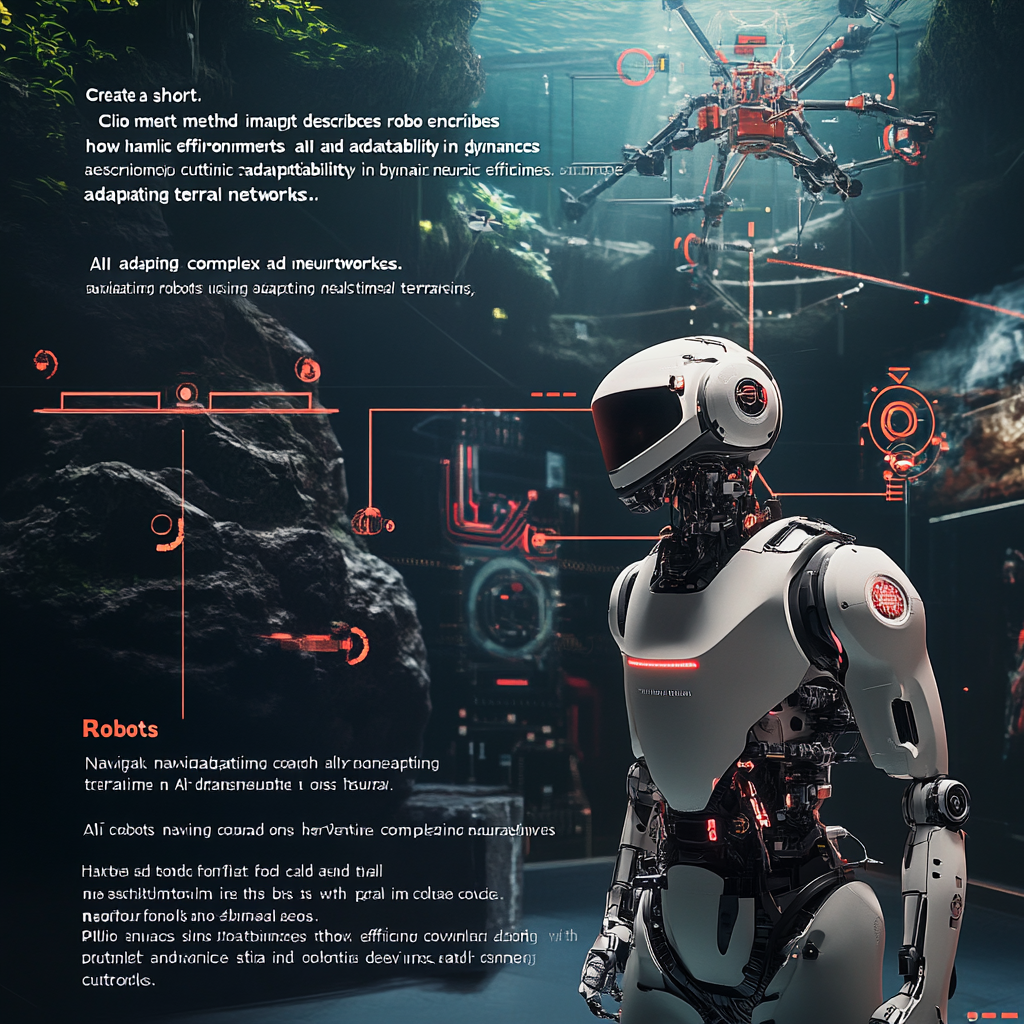
“Robots Map, Identify, and Act: A New Approach”
The Clio Revolution: How MIT is Changing the Game for Robots
Welcome to another installment of the tech saga, where the boundaries of possibility are constantly blurred by the minds at Massachusetts Institute of Technology (MIT). In an astonishing turn of events, an innovative method has burst onto the scene, called Clio. Named after the Greek muse of history, Clio signals a major shift in how robots perceive and interact with their world. So, buckle up—this isn’t just robotics; this is a revolution in understanding.
What’s the Deal with Clio?
Imagine if robots could intuitively understand their surroundings, like a well-trained dog on its third cup of coffee. That’s Clio for you! Forget the tired, outdated methods that depend on rigid interpretation. Clio shakes things up by changing the rules of engagement. It flexibly alters detail levels based on the task at hand. Pretty nifty, right?
It integrates powerful computer vision and expansive language models, marrying them in a neural network love story that connects millions of images and texts plucked from open-source treasure troves. So, if you thought your search-engine skills were sharp, wait till you see Clio in action.
How Does Clio Get Things Done?
Let's dive into this fascinating processes and see how Clio operates. It’s almost like watching a magician pull rabbits out of hats, but in this case, the "rabbits" are task-specific insights.
First up, Clio rolls out the carpet for Natural Language Processing. You simply toss a command at it, like “move the rack of magazines” or “retrieve the first aid kit”, and voilà—Clio grasps your request with uncanny acuity.
Next comes Dynamic Granularity. Clio doesn't settle for one-size-fits-all here; it assesses what’s needed for each mission, zoning in on only the relevant parts of the scene. It’s like having a laser focus while others are operating on a blurred view.
Then, we have Scene Segmentation. Watch as Clio slices and dices the environment, identifying smaller components and analyzing them for similarities. It uses mapping tools inspired by the “information bottleneck” principle from classic information theory. I know, it sounds fancy, but in layman's terms, it’s just a clever way to ensure no vital detail goes unnoticed.
Finally, there's Real-Time Execution. Want to know who’s taking the spotlight in this act? Boston Dynamics’ quadruped robot Spot. As this beast of a machine ambles through environments, Clio acts as the brain behind its eyes, mapping the essential bits and pieces so it can complete tasks with nail-biting precision.
Why Should You Care? Real-World Applications of Clio
Now, let’s talk turkey: how does all this tech mumbo-jumbo translate into the real world? Brace yourself; the possibilities are wild.
Picture this scenario: an office environment. Yes, the everyday backdrop of cubicles and coffee machines is where Clio has flexed its muscles. In trials on MIT’s own turf, Clio helped the Spot navigate complex office layouts, retrieving a dog toy while dodging all mundane office supplies like a pro.
For those who dwell in the chaos of clutter—fear not! Clio is here to lend a helping (robotic) hand. Testing in messy settings, like cubicles or cramped apartments, revealed its ability to find and focus on specific tasks—whether it’s relocating a pile of clothes or hunting down a specific book. Can you imagine the peace of mind knowing a robot can handle your messy space?
And just wait—there are whispers of Clio adapting for even more sophisticated tasks, all while riding the coattails of advances in photorealistic visual scene representations. It’s like watching your favorite show get renewed for another season with even more juicy episodes.
The Wow Factor: Clio’s Impact on Robotics
So, what does Clio mean for the future of robots? It’s nothing short of mind-blowing—a quantum leap in how they understand the world around them.
First, let’s talk Efficiency and Precision. Clio empowers robots to hone in on only those objects that matter for a given task. No more floundering about; these robots can execute with the efficiency of a Swiss watch, making them simply indispensable in real-world applications.
Then there’s Adaptability. Clio’s ability to adjust its focus dynamically means robots can handle a plethora of tasks and environments. From healthcare to homes, their versatility will leave you marveling at their capabilities.
Finally, it opens the floodgates for Future Applications, transforming countless industries—from manufacturing to domestic tasks where swift and accurate execution is a must-have.
Wrapping It All Up
So, in a nutshell, Clio is not just a shiny new toy for the tech-savvy. It’s a revolutionary approach that enables robots to discern the relevant from the trivial like seasoned pros. As this technology continues to evolve, expect it to reshape our understanding and expectations of what robots can achieve.
So, are you ready to follow this tech journey further? Curious to see what other innovations lie around the corner? Want to stay up to date with the latest news on neural networks and automation? Subscribe to our Telegram channel: @channel_neirotoken
Here we go, folks! The future isn’t just coming—it’s already here, and it’s teaching robots to think, act, and adapt with an eye for the extraordinary.

